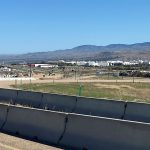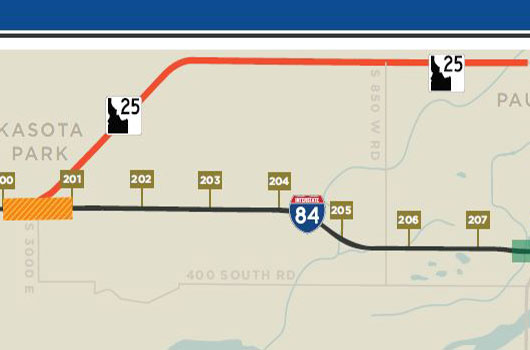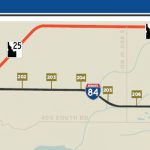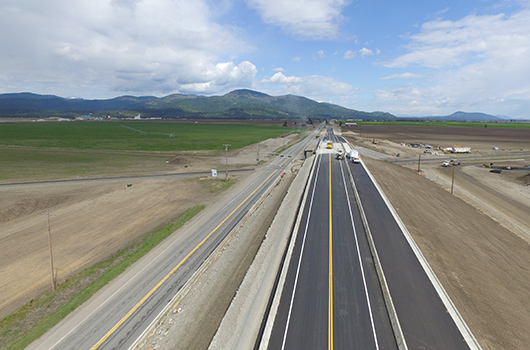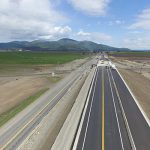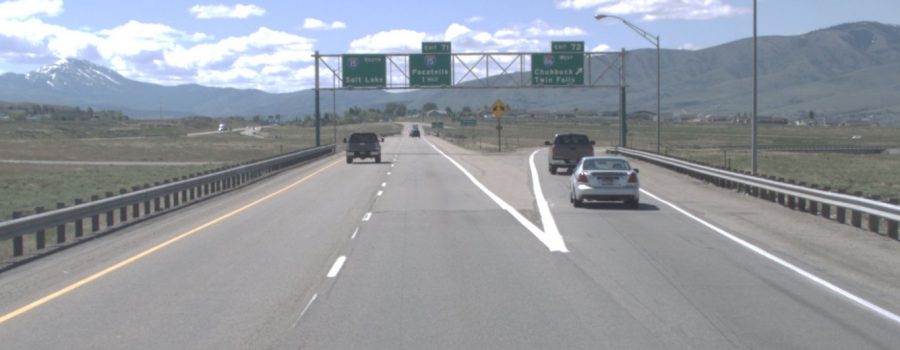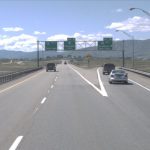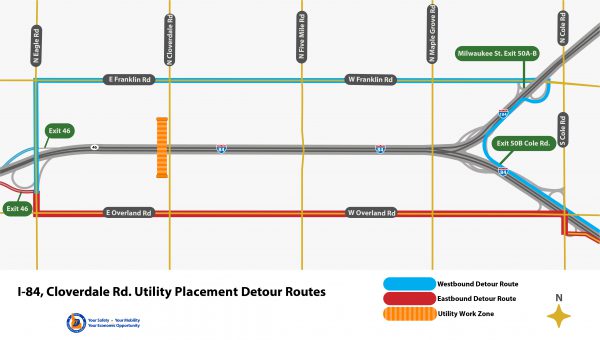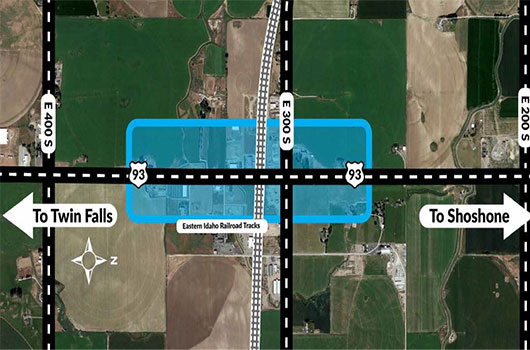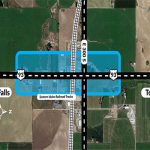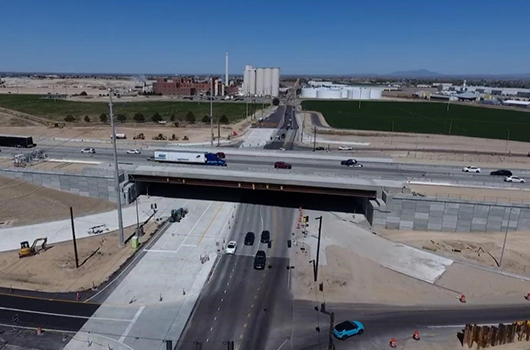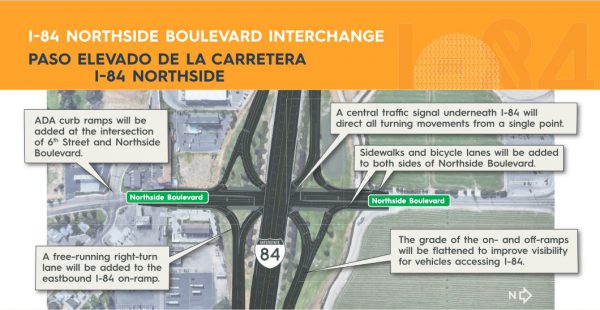I-84 Chip Seal Project From Broadway to Blacks Creek Road to begin May 22
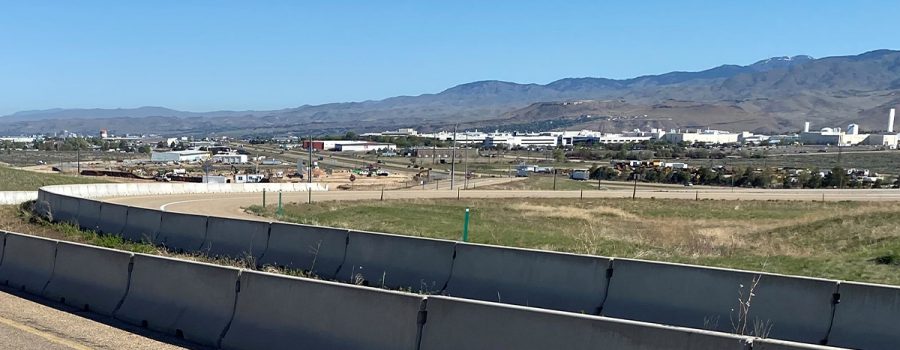
This spring, crews will chip seal the travel lanes of I-84 between the Broadway and Blacks Creek Road Interchanges as well as the on and off ramps at Broadway, Gowen, Eisenman, and Blacks Creek. Work is expected to begin May 22 and is anticipated to be complete in mid-June.
Chip sealing, also called seal coating, maximizes the taxpayers’ investment by extending the lifespan of the pavement. A sticky slurry is sprayed on the pavement, rock chips are applied on top of the slurry for a long-lasting seal. Hot, daytime temperatures are needed to ensure a successful application.
Reduced speeds are required on fresh chip seals to protect rock chips from flying up, causing potential damage to vehicles and windshields. Before the end of each working day, crews will sweep up loose chips on all lanes.
Motorists should expect delays in the work zone along I-84 and between Exits 64 and 54 as traffic will be reduced to one lane in each direction. Additionally, there will be lane closures on Gowen Road (up to Technology Way) and Blacks Creek Road near I-84. This project will require intermittent ramp closures. Detours will be signed. Check 511 for current and scheduled closures.
“The work zone for this project will be moving around quite a bit,” said ITD Project Manager Patrick Kelly. “Please check 511 regularly. Drive attentively and follow posted speed limits and detour signage. We want to get in, complete the work well, and get out as quickly as possible to limit our impacts.”
Work is anticipated to begin on May 22. Expect preliminary staging and traffic control setup on Friday, May 21. Work will be performed on the Eisenman, Gowen, and Broadway Interchanges on the weekends to reduce effects on weekday traffic per the following schedule:
- May 22, 23 Project Start @ Eisenman Interchange
- May 29, 30 Detours @ Gowen Interchange
- June 12, 13 Detours @ Broadway Interchange
- June 20 Work substantially complete
For more info visit the project website: ITDprojects.org/BroadwayToEisenman/
For updated traffic information on ramp closures and detours, call 511 or go to the 511 website at 511.idaho.gov/, which also host webcams showing traffic status at the Eisenman Interchange and Broadway Interchange.

